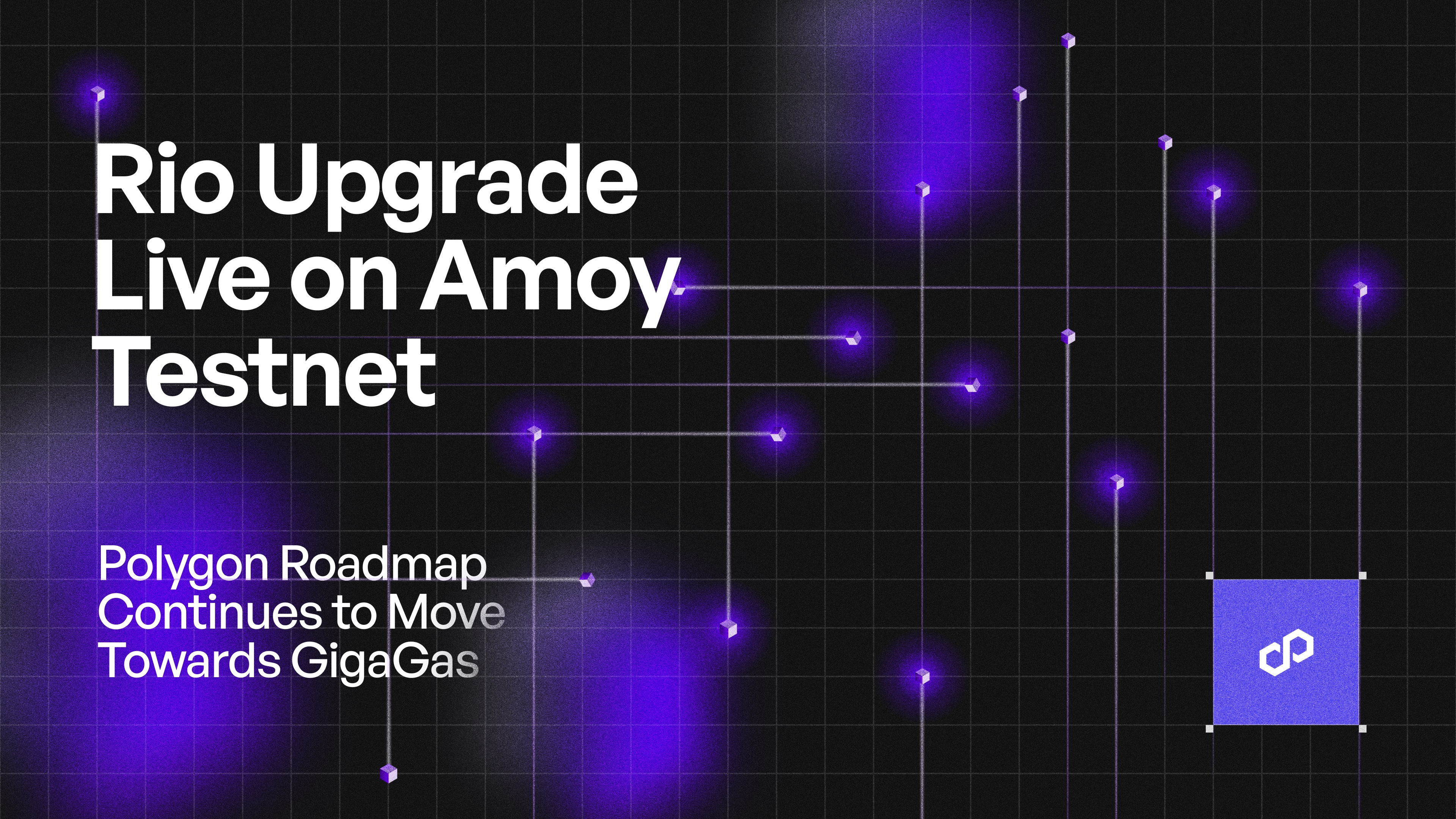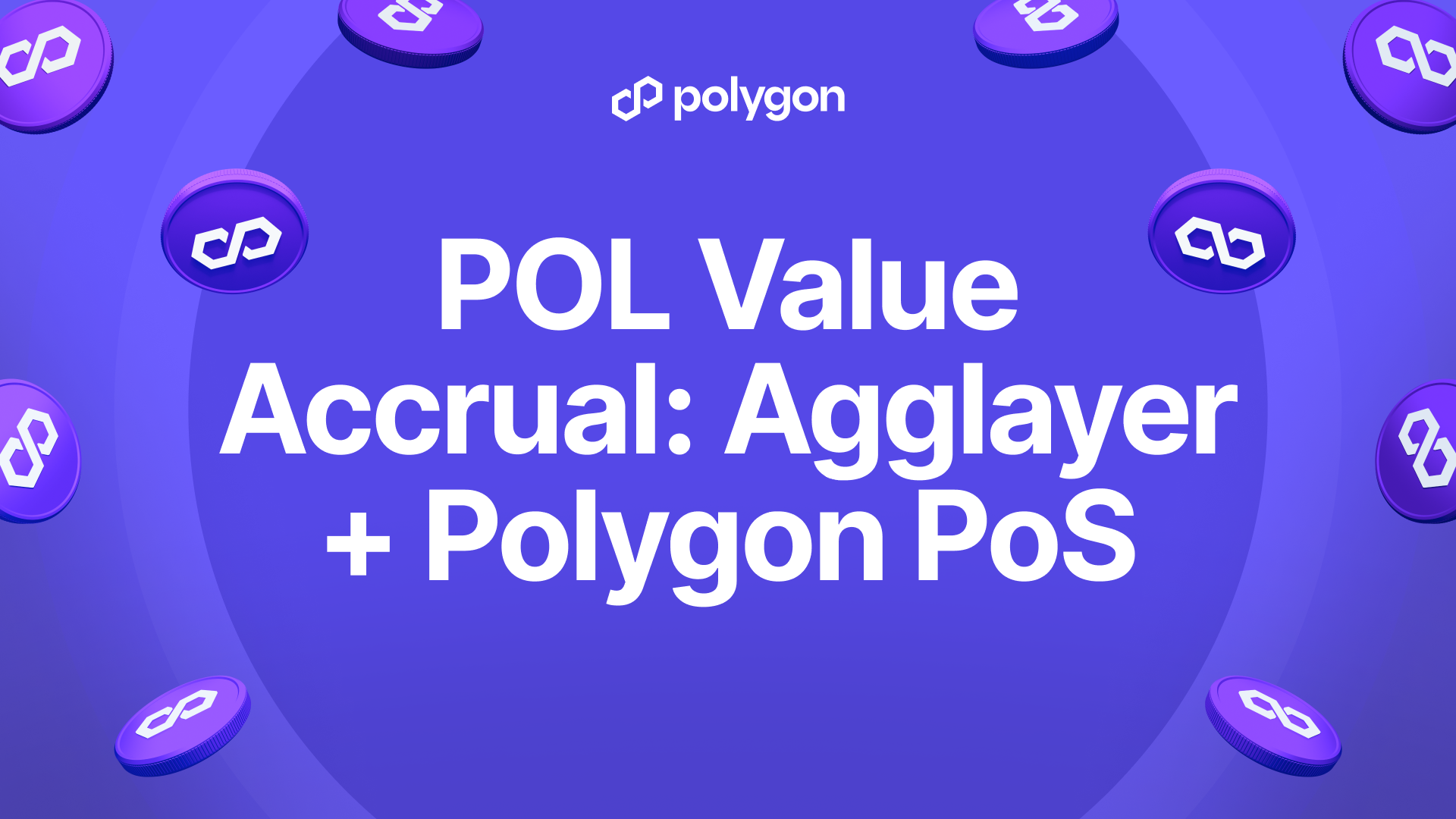Thank you! Your submission has been received!
Oops! Something went wrong while submitting the form.
.png)
December 18, 2025
Polygon News
Polygon Is a Leading Home for Local non-USD Stablecoins and Global Money Movement with $11.1B in Volume

December 17, 2025
Polygon News
Polygon Labs Makes Strategic Investment in Boys Club to Advance Cultural Crypto Storytelling

November 18, 2025
Institutional
Mastercard Selects Polygon to Power Verified Username Transfers for Self-Custody Wallets

November 14, 2025
Institutional
R25 Launches Institutional-Grade RWA Protocol on Polygon, Introducing Yield-Bearing rcUSD+ Token
%20(1).png)
November 6, 2025
Institutional
LatAm Dispatch: From Inflation Hedge to Economic Engine, Crypto Powers LatAm’s Financial Revolution

No result found
Try searching something else.






.png)




.png)



.png)







.avif)

.avif)




.avif)


.png)

.png)